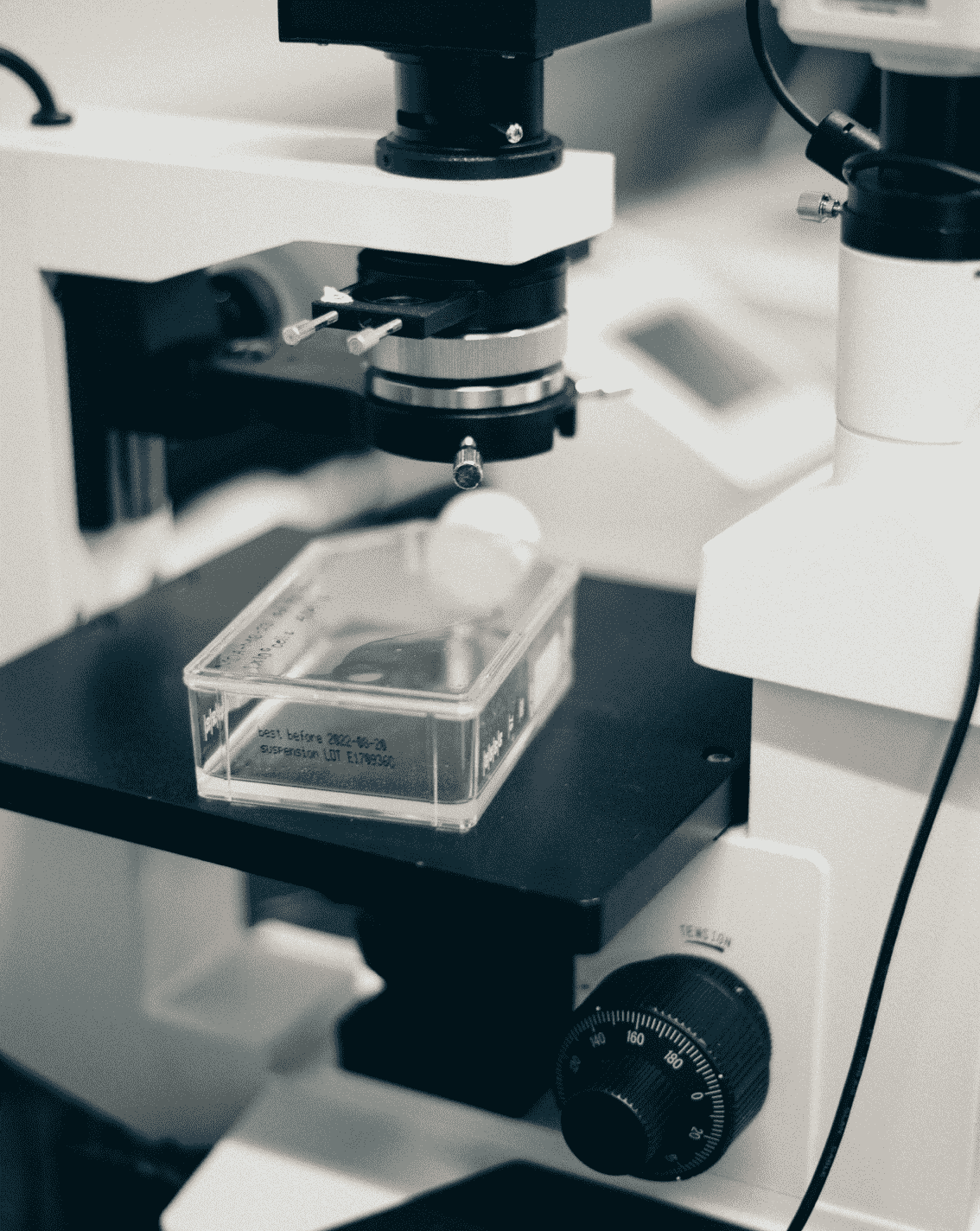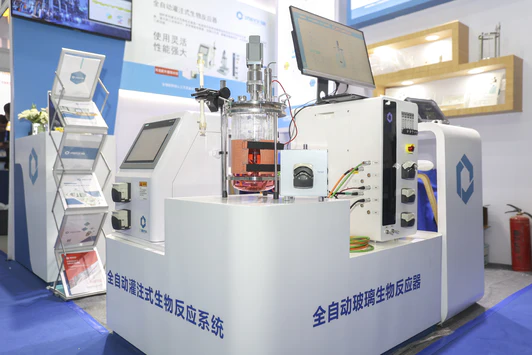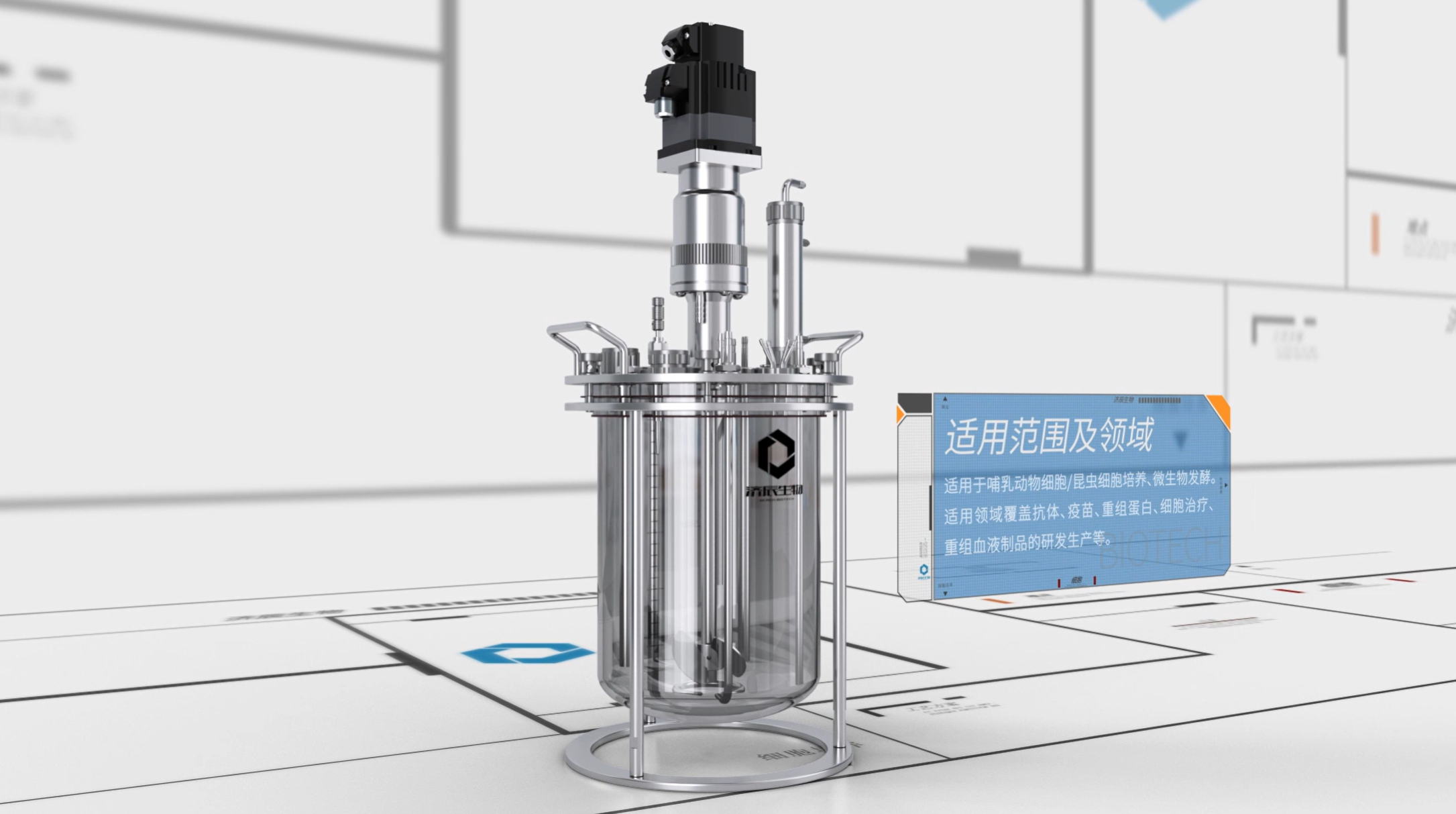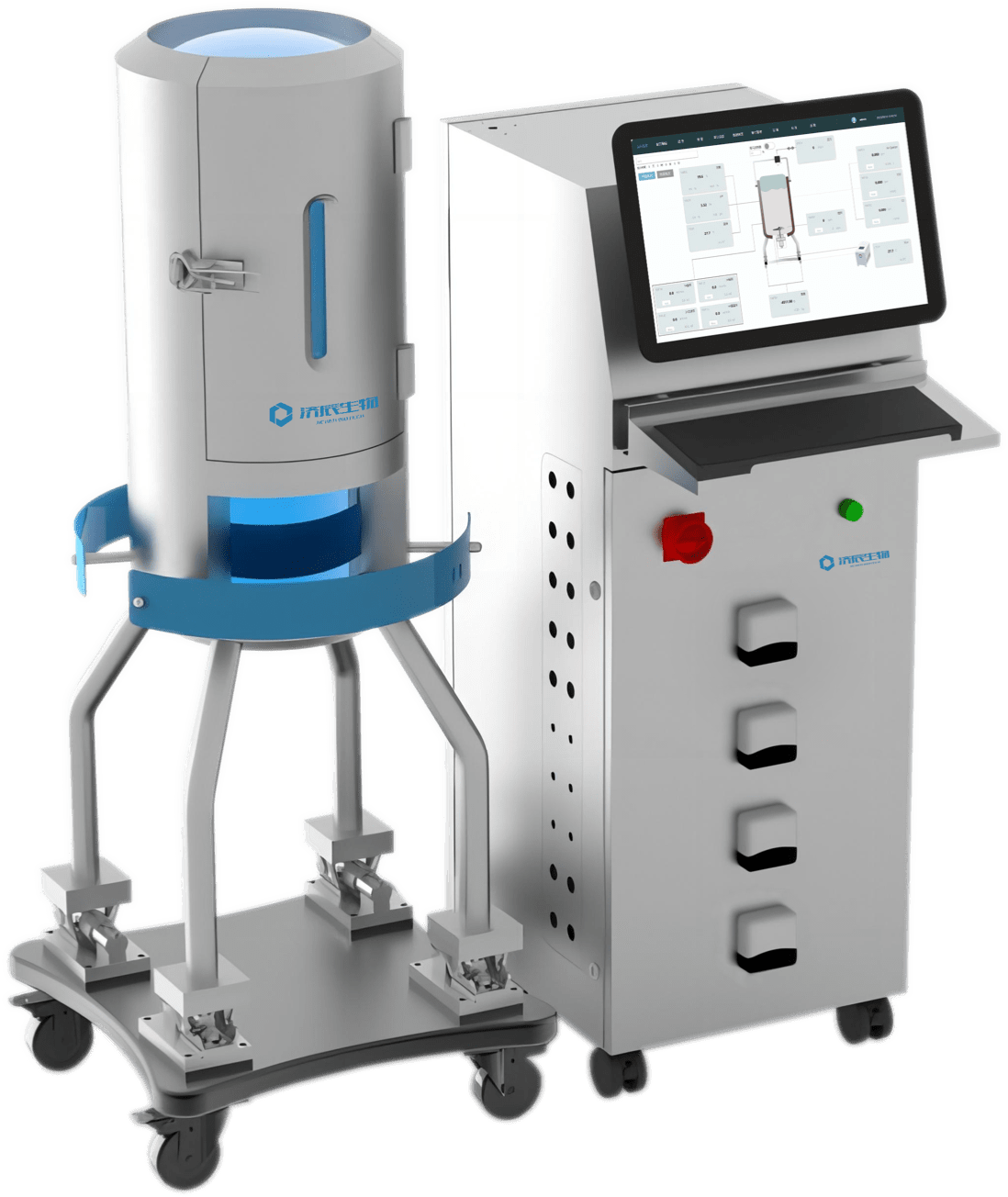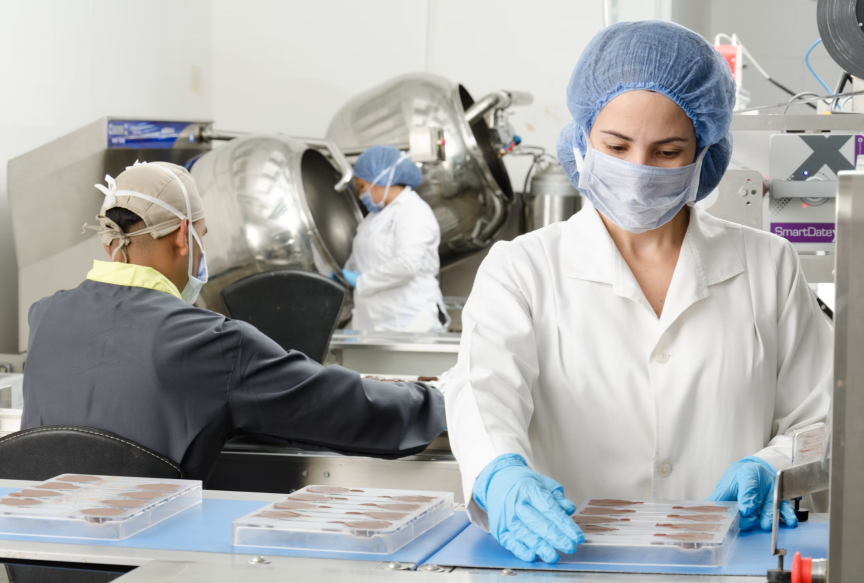Bioreactors are a crucial component in the field of bioengineering, widely used in biopharmaceuticals, food fermentation, environmental treatment, and other areas. Monitoring and controlling key parameters during biological reactions is essential for ensuring product quality and yield. Glucose, as the primary carbon source in bioreactors, has a direct impact on cell growth and metabolism. Therefore, the application of online glucose monitoring systems is particularly significant. This article will provide a detailed introduction to the application and advantages of online glucose monitoring systems in bioreactors.
Working Principle of Online Glucose Monitoring Systems
Online glucose monitoring systems typically consist of sensors, signal converters, data acquisition systems, and display devices. Here’s how they work:
- Sensors: The core of the monitoring system, sensors convert glucose concentration into electrical signals. Commonly used sensors include enzyme sensors, electrochemical sensors, and optical sensors.
- Signal Converters: These convert the electrical signals from the sensors into digital signals for data acquisition and processing.
- Data Acquisition System: This system collects, stores, and analyzes the converted digital signals in real-time, allowing operators to understand the changes in glucose concentration within the bioreactor.
- Display Device: This presents the processed information from the data acquisition system in the form of charts or numerical values for real-time monitoring by the operators.
Application of Online Glucose Monitoring Systems in Bioreactors
- Real-time Monitoring of Glucose Concentration: Online glucose monitoring systems can track glucose concentration in bioreactors in real-time, providing operators with accurate data support to ensure the stability of the biological reaction process.
- Optimization of Control Strategies: By monitoring glucose concentration, control strategies for bioreactors can be optimized, such as adjusting feed rates, pH levels, and temperatures, to increase product yield and quality.
- Fault Prevention: The monitoring system can detect abnormal changes in glucose concentration within the bioreactor promptly, helping to prevent faults and reduce production risks.
- Labor Cost Savings: Traditional manual sampling analysis is time-consuming, whereas online monitoring systems enable automated, continuous monitoring, saving on labor costs.
Advantages of Online Glucose Monitoring Systems
- High Precision: Online monitoring systems offer high measurement accuracy, meeting the requirements for glucose concentration monitoring in bioreactors.
- Fast Response: The system has a quick response time, reflecting changes in glucose concentration in the bioreactor in real-time.
- No Sampling Required: Online monitoring systems eliminate the need for sampling, avoiding errors and contamination that may occur during the sampling process.
- Easy Integration: The system is easy to integrate with other bioreactor control systems, facilitating automated and intelligent production.
Development Trends and Prospects
With the continuous development of bioengineering technology, the application of online glucose monitoring systems in bioreactors is expected to become even more widespread. Future focus areas will include:
- Sensor Technology Innovation: Developing high-performance, low-cost sensors to improve the stability and reliability of online monitoringsystems.
- Data Processing and Analysis: Utilizing big data, cloud computing, and other technologies to conduct in-depth analysis of monitoring data, providing stronger support for bioreactor optimization.
- Intelligent Control: Combining online monitoring systems with intelligent control systems to realize automated and intelligent biological reaction processes.
In conclusion, the application of online glucose monitoring systems in bioreactors is of great significance and is poised to bring new opportunities to the field of bioengineering.
